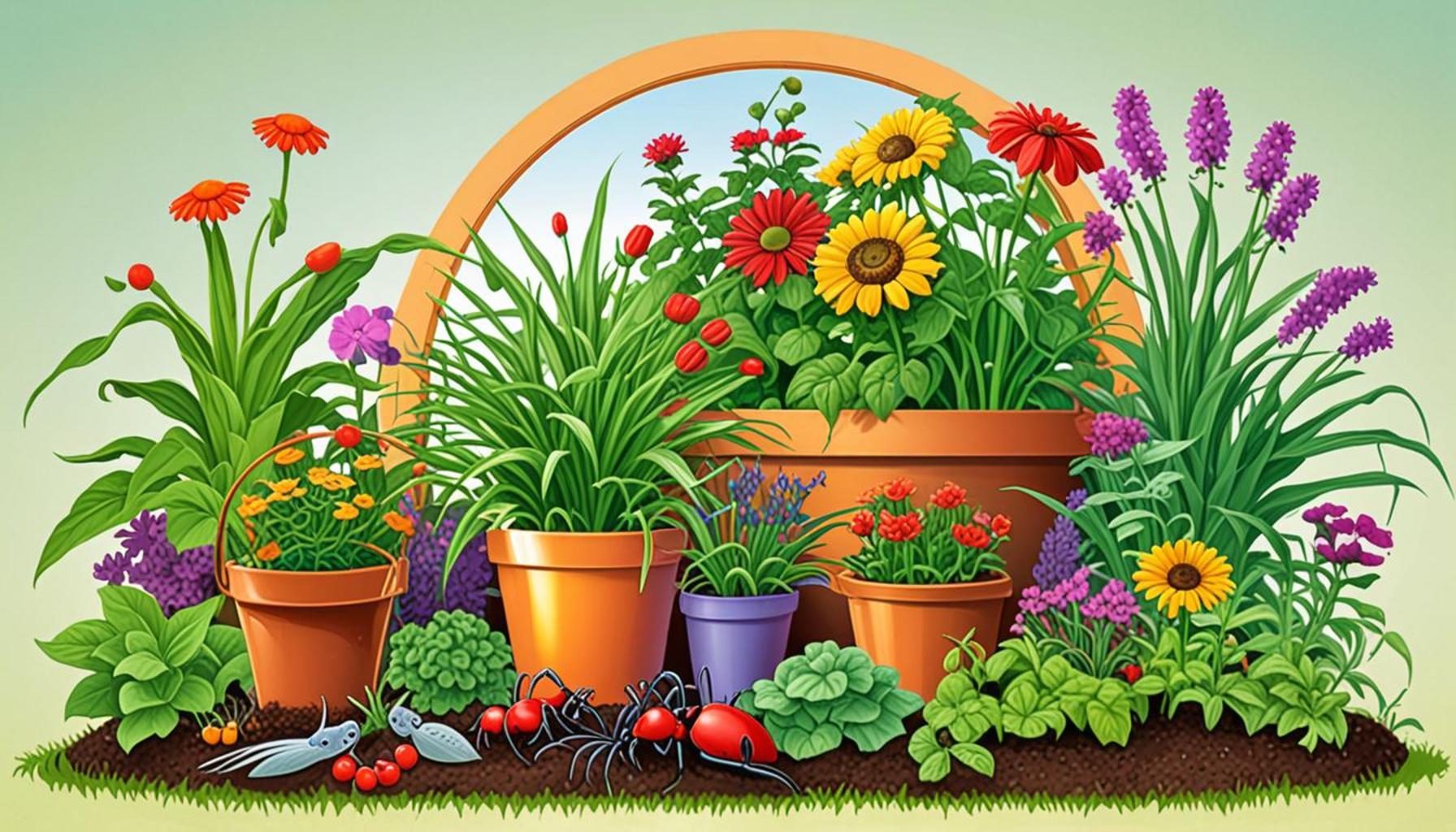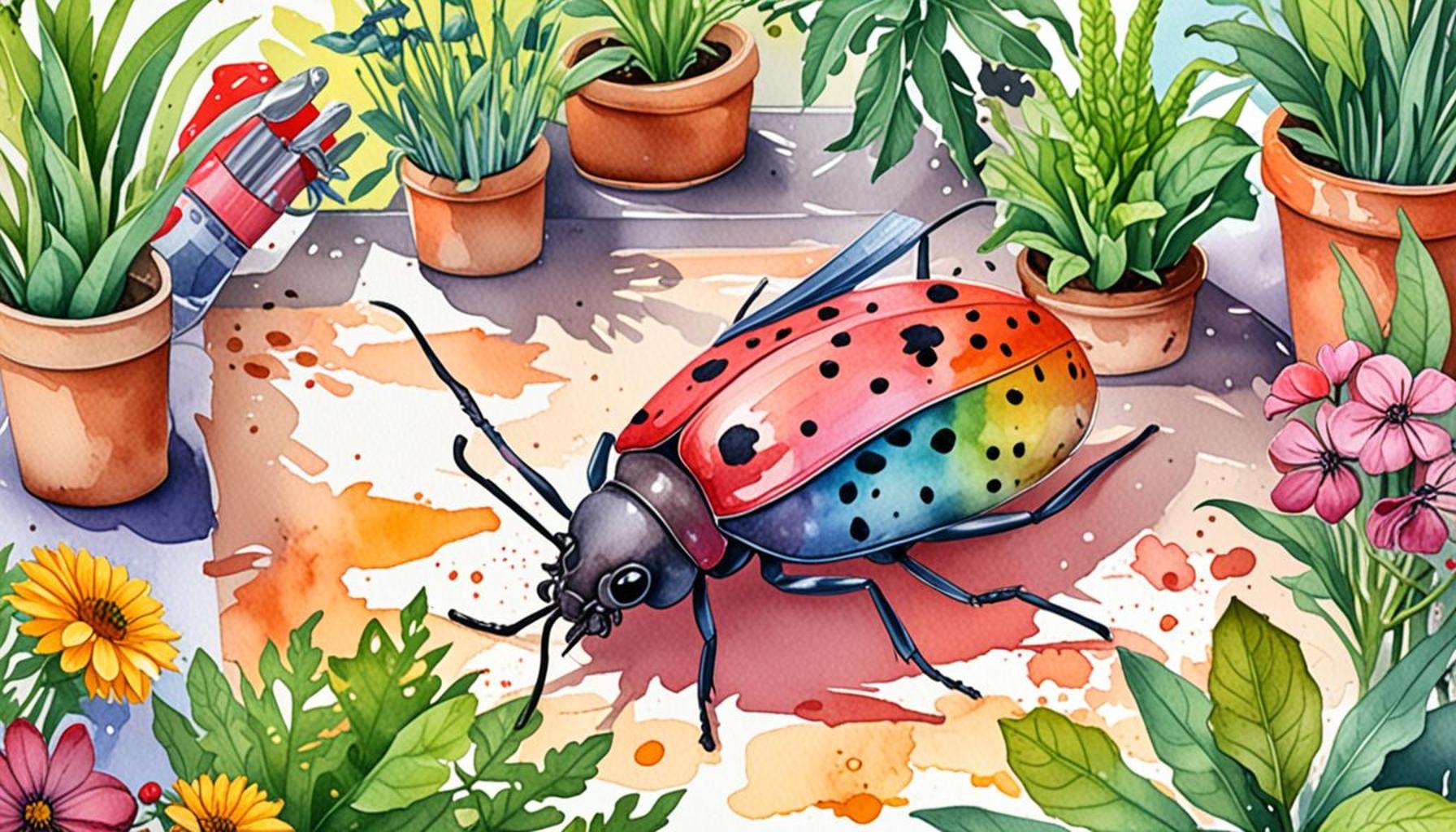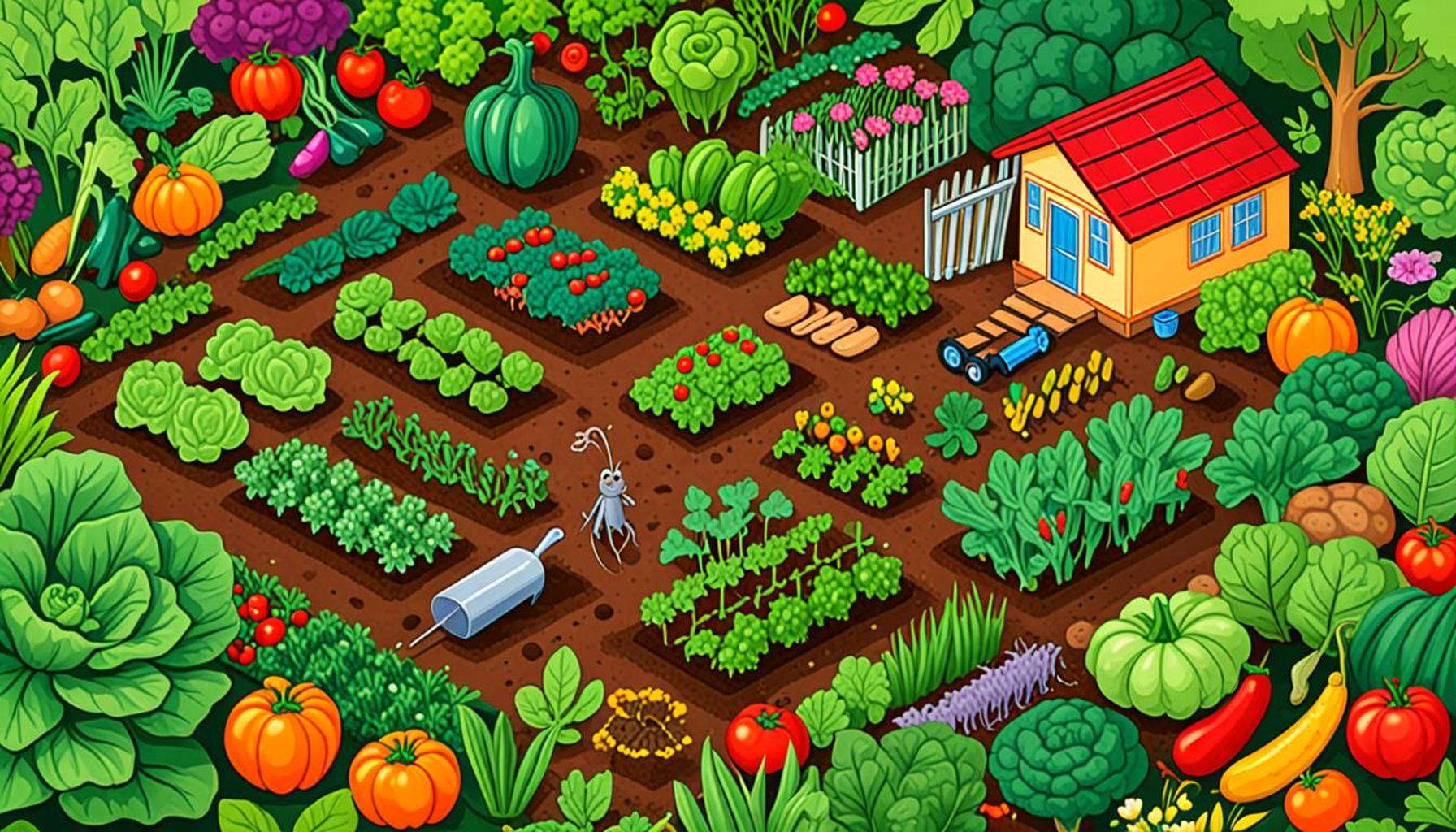How to Create a Pest-Resilient Garden Environment
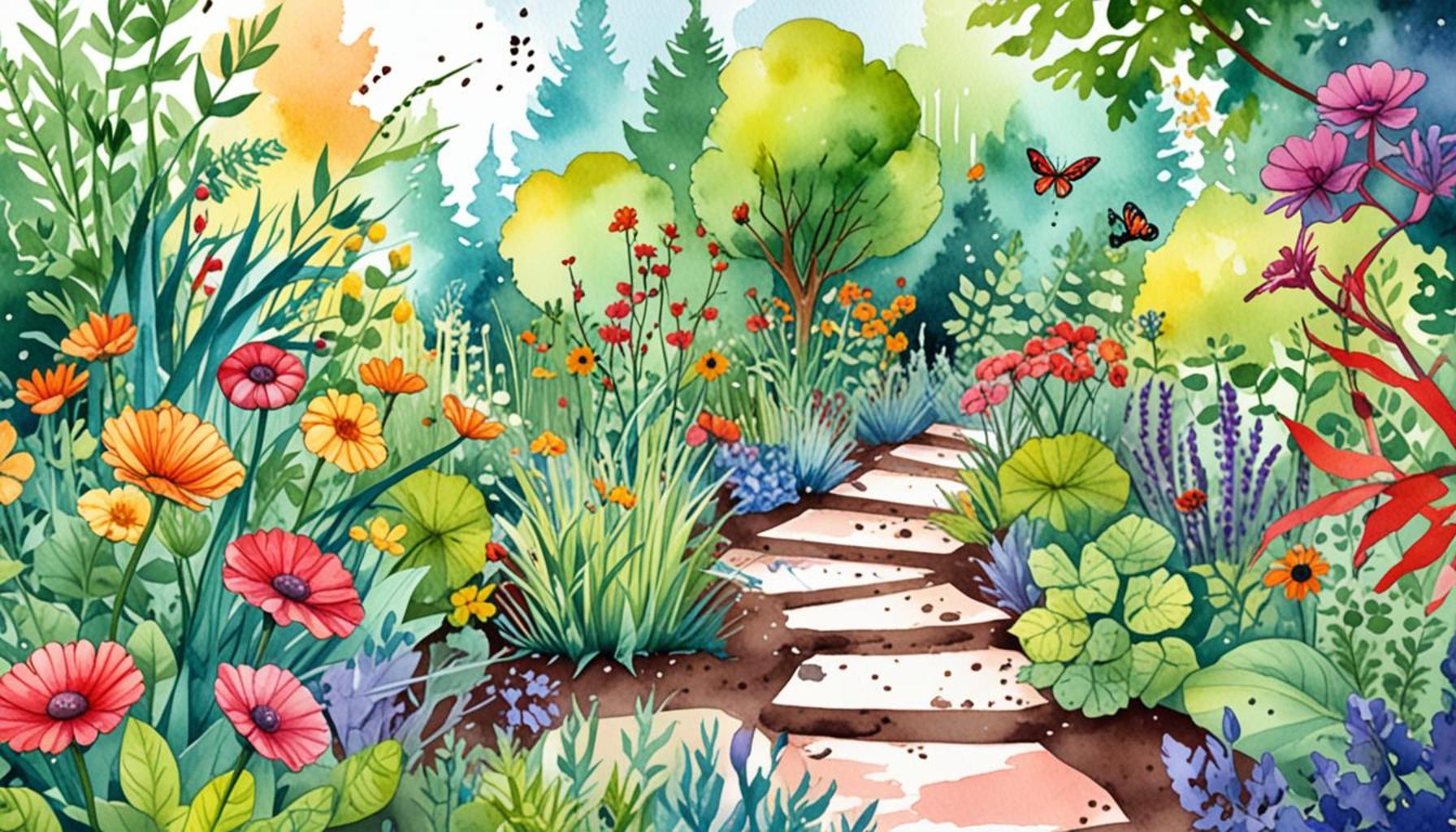
Creating a Pest-Resilient Garden: An Essential Guide
Gardening can provide a sense of peace and satisfaction, but it also comes with its challenges. One of the greatest threats to a flourishing garden is pests. To combat these nuisances without resorting to harsh chemicals, it’s crucial to adopt strategies that foster a pest-resilient garden environment.
Building such a garden involves various techniques that blend natural practices with smart planning. Here are some key elements to consider:
- Soil Health: Enrich your soil with organic matter to promote beneficial microbes. Healthy soil acts as a foundation for plant vitality, which in turn strengthens plant defenses against pests. You can achieve this by incorporating compost, well-rotted manure, or mulched leaves into your soil. Regularly testing soil pH and nutrient levels can also enable you to adjust the conditions to better accommodate your plants’ needs.
- Plant Diversity: Incorporate a variety of plants to create a more complex ecosystem that can confuse pests and attract beneficial insects. For instance, mixing flowering plants with your vegetables not only adds beauty to your garden but can also draw in pollinators like bees and wasps, which help with reproduction. Additionally, a diverse plant palette can prevent pest outbreaks by avoiding monoculture, which makes plants more vulnerable.
- Companion Planting: Use specific plant pairings that discourage pests and encourage growth. For example, planting marigolds alongside your tomatoes can repel nematodes and other harmful insects, while basil planted near peppers can enhance their flavor and growth. Understanding the synergistic relationships between plants can make a significant difference in your garden’s resilience.
Potential future gardeners should also be aware of their local ecosystems, as pest behaviors can vary significantly across regions in the United States. For instance, gardeners in the Southeast might contend with a different set of pests, such as the squash vine borer, compared to those in the Pacific Northwest, where slugs can be notoriously troublesome. Understanding local species can help you choose the right plants and methods for effective pest management.
Regular maintenance is vital. Botanists often recommend a proactive approach, which involves closely observing your garden. Regular inspections allow you to catch potential issues early, such as the first signs of aphids or spider mites, and address them before they spread. Additionally, getting familiar with common pests and their natural enemies—like ladybugs or parasitic wasps—equips you with valuable tools to safeguard your green space effectively.
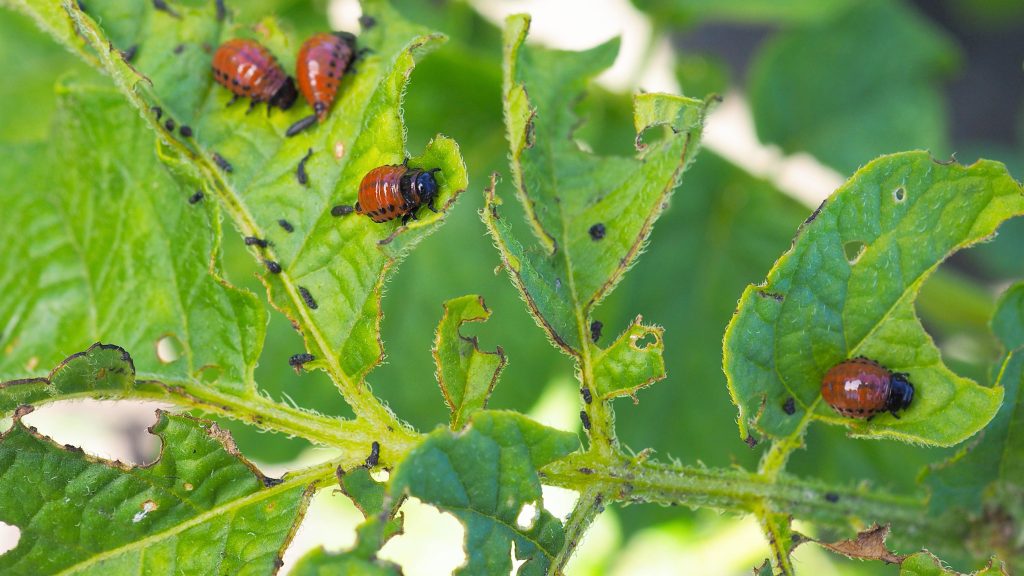
As we explore the intricacies of creating a pest-resilient garden, you’ll discover that the right strategies not only safeguard your plants but also contribute to a thriving ecosystem. Implementing these techniques can transform your garden into a haven of resilience, where plants flourish in harmony, flourishing despite the pressures of pests.
DISCOVER MORE: Click here for expert tips on watering your plants
Key Strategies for Developing a Pest-Resilient Garden
Creating a pest-resilient garden environment begins with a strong foundation, and this starts with understanding the core elements that contribute to a thriving garden ecosystem. Let’s delve deeper into actionable strategies that any gardener, novice or experienced, can implement to enhance their garden’s resilience against pests.
Prioritize Soil Health
At the heart of every flourishing garden lies healthy soil. A well-nourished soil ecosystem not only supports plant growth but also bolsters plant defenses against potential pest invasions. To cultivate this vital component, consider the following techniques:
- Organic Amendments: Incorporating organic materials such as compost, leaf mold, or aged manure increases microbial activity and enriches nutrient availability. This, in turn, promotes robust root systems and enhances plant immunity.
- Soil Testing: Routine soil testing can help identify pH levels and nutrient deficiencies. This knowledge equips you to tailor amendments to meet the specific needs of your plants, optimizing their strength and resilience.
- Mulching: Applying organic mulch not only suppresses weed growth but also helps maintain adequate moisture levels and temperature stability in the soil, further supporting plant health.
Embrace Plant Diversity
Incorporating a variety of plants is essential in creating a balanced garden ecosystem. A diverse planting scheme can serve to confuse and deter pests while also attracting beneficial insects that play critical roles in pest control. Consider these approaches:
- Native Plants: Engage local biodiversity by selecting native plants that naturally thrive in your region. They are often more resistant to pests and diseases while attracting the right pollinators and beneficial insects.
- Polyculture Practices: Mixing different types of plants can prevent pest outbreaks. For example, interspersing flowering plants with vegetables can create visual complexity, making it harder for pests to locate their preferred hosts.
- Seasonal Rotation: Implementing crop rotation each season disrupts pest cycles and provides opportunities for soil rejuvenation. This method can minimize the likelihood of pest infestations associated with monoculture plantings.
Utilize Companion Planting Techniques
Companion planting is an age-old practice that can significantly enhance pest resilience while fostering plant growth. Carefully pairing certain plants can create a symbiotic relationship that maximizes benefits while minimizing pests. Here are some notable combinations:
- Marigolds and Tomatoes: Marigolds can deter nematodes and various harmful insects, making them excellent companions for tomato plants.
- Garlic and Roses: Planting garlic near roses can repel aphids, thus protecting these flowering plants from infestations.
- Basil and Pepper: Basil not only enhances the flavor of peppers but also helps in warding off pests like thrips and aphids.
By employing these foundational principles—maintaining soil health, embracing plant diversity, and utilizing companion planting techniques—you set the stage for a thriving, pest-resilient garden environment. Understanding and implementing these strategies not only nurtures your plants but also fosters a balanced ecosystem teeming with life, leading to a flourishing gardening experience.
| Advantages | Description |
|---|---|
| Increased Plant Health | When pests are effectively managed, plants are less stressed and can thrive, promoting better growth and yields. |
| Eco-friendly Solutions | Using organic pest controls and natural predators fosters a balanced ecosystem in your garden. |
| Cost Efficiency | Reducing pesticide use minimizes costs associated with chemical treatments. |
| Enhanced Biodiversity | Encouraging a variety of plants attracts diverse wildlife, which can help control pest populations naturally. |
| Long-term Sustainability | Implementing pest-resistant techniques ensures a sustainable garden that endures seasonal changes. |
Creating a pest-resilient garden not only enhances the aesthetics of your outdoor space but also provides an environment that promotes health and sustainability. Exploring these advantages allows gardeners to appreciate the broad scope of benefits from a well-designed ecological approach. By integrating knowledge about various plant species, nurturing beneficial insects, and employing organic practices, one can cultivate a thriving ecosystem that is free from excessive chemical intervention. Discovering how to combine these elements can transform any garden into a resilient sanctuary that stands strong against pest invasions, ensuring that your gardening efforts reap rich rewards for seasons to come.
DISCOVER MORE: Click here to learn how to simplify your plant care
Implementing Eco-Friendly Pest Management Techniques
While establishing a pest-resilient garden environment requires proactive strategies, it’s equally essential to be prepared with effective, eco-friendly pest management techniques. These methods not only protect your plants but also support the overall health of your garden ecosystem. Here are several sustainable approaches that can be combined with your existing gardening practices:
Encourage Beneficial Insects
Nature has its own way of balancing pest populations. One of the most effective means of doing this is by attracting beneficial insects that prey on harmful pests. These tiny allies can make a significant difference in maintaining a healthy garden. To attract them, consider:
- Flowering Plants: Include pollen and nectar-rich flowers such as yarrow, dill, and fennel in your garden. These will draw in ladybugs, lacewings, and parasitic wasps, all of which are natural predators of common garden pests.
- Habitat Creation: Create small habitats within your garden, such as insect hotels or rock piles, to provide shelter for beneficial insects. These small ecosystems promote their population growth, ensuring they are present when needed.
Embrace Natural Pest Deterrents
Utilizing natural pest deterrents can help manage pest issues without relying on synthetic chemicals. Here are some effective strategies:
- Neem Oil: Extracted from the seeds of the neem tree, this organic pesticide disrupts the life cycle of many pests, including aphids and whiteflies, while being safe for beneficial insects when used correctly.
- Soap Solutions: Mixing mild soap with water can create an effective pest-killing solution for soft-bodied insects like aphids. This eco-friendly option minimizes harm to non-target species in the garden.
- Cultural Practices: Altering your gardening practices, such as keeping your garden clean and removing debris, can promote a tidy environment less conducive to pest outbreaks.
Monitoring and Early Intervention
Being attentive to your garden’s health is crucial in preventing pest problems from escalating. Regular observation provides valuable insights into plant conditions and potential pest activity, allowing for timely intervention. Here are some monitoring techniques:
- Regular Inspections: Carry out weekly checks on your plants to identify any signs of distress, such as discolored leaves or unusual growth patterns, which may indicate pest problems.
- Sticky Traps: Use yellow sticky traps to monitor flying insects like aphids and whiteflies. These simple, non-toxic tools provide visual cues on pest populations and inform your management strategies.
- Pest Diaries: Maintaining a log of pest sightings, treatments applied, and the outcomes can help you understand patterns over time, empowering you to make more informed decisions in the future.
Through encouraging beneficial insects, utilizing natural pest deterrents, and implementing effective monitoring practices, you enhance your capacity to manage pests while maintaining a vibrant, pest-resilient garden environment. This holistic approach not only nurtures your plants but also conserves the ecological balance fundamental to a sustainable garden, turning your green space into a thriving ecosystem filled with life.
DON’T MISS: Click here to discover essential tools for your garden
Conclusion
Creating a pest-resilient garden environment is a holistic endeavor that intertwines sustainable practices, ecological understanding, and proactive management. As we’ve explored, fostering a vibrant garden not only enhances plant health but also supports local biodiversity. By attracting beneficial insects and utilizing natural pest deterrents, you empower your garden to maintain its balance without heavy reliance on chemicals. This eco-friendly approach not only proves effective but also nurtures the very ecosystem that your garden embodies.
Continuously monitoring your plants through regular inspections and maintaining a pest diary are vital steps in ensuring any pest issues are addressed before they become overwhelming. By embracing these strategies, gardeners can cultivate an environment where plants thrive, pests are kept at bay, and beneficial species flourish.
As you reflect on the insights shared in this article, consider embarking on your own gardening journey with these techniques. Not only will you achieve greater success with your plants, but you will contribute to a larger movement towards sustainability and biodiversity. Embrace the challenge and watch as your garden transforms into a resilient sanctuary of life, all while enjoying the process of nurturing and learning from nature. The rewards go beyond a bountiful harvest; they extend to a healthier ecosystem for generations to come.
